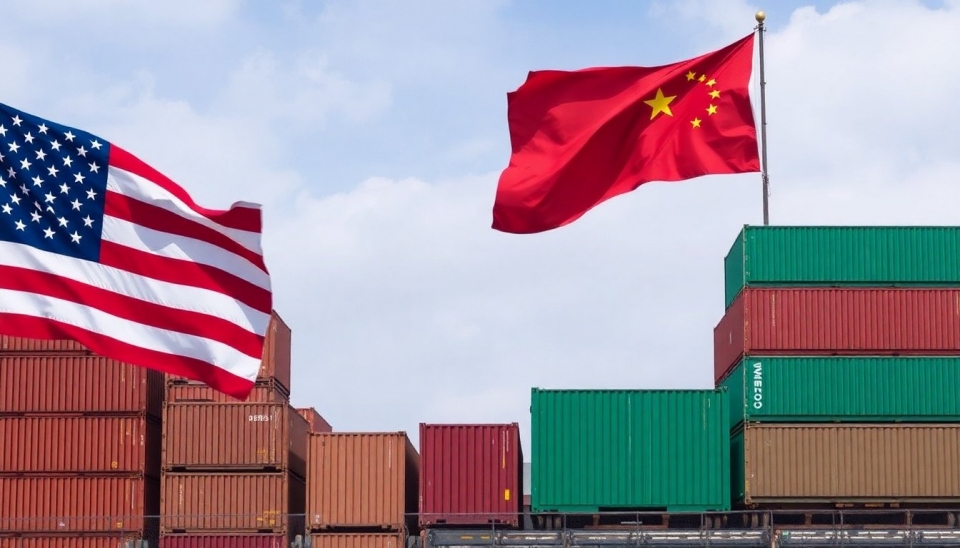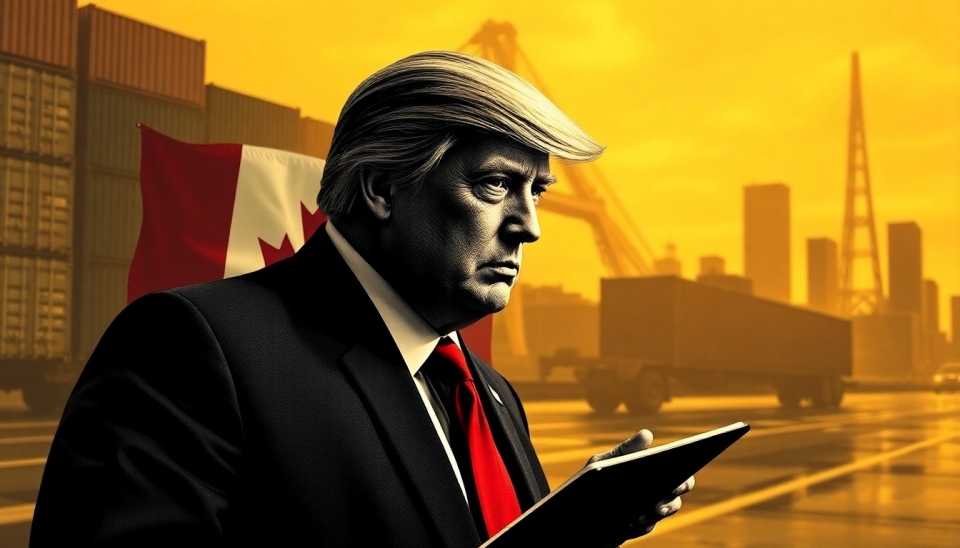
In an unexpected turn of events, smartphone and hardware manufacturers are bracing for a significant shake-up as the Trump administration ramps up its tariff policies. The implications of these regulatory changes are reverberating throughout the tech industry, prompting companies to reassess their supply chains, manufacturing strategies, and pricing structures.
As President Trump pushes forward with tariffs aimed at bolstering American manufacturing, the tech sector is finding itself at a crossroads. With many manufacturers heavily reliant on overseas production and supply chains, these tariffs threaten to increase their operational costs significantly. Major players in the smartphone market are particularly vulnerable, as they navigate a landscape where both the cost of components and shipping can skyrocket due to added tariffs.
The impacts of these policies are already evident. Companies that produce smartphones, tablets, and other electronic devices are likely to pass increased costs onto consumers. This could lead to higher retail prices, ultimately affecting sales and potentially stunting growth within the sector. Industry insiders express concerns that the rising costs could lead to decreased consumer demand, amplifying the stakes for companies already under pressure from fierce competition.
To mitigate the effects of the tariffs, many manufacturers are re-evaluating their sourcing strategies. Some are considering relocating production facilities back to the U.S. or to countries with more favorable trade agreements. However, such transitions come with their own set of challenges, including the need to retrain the workforce and establish new operational practices in a wholly different regulatory environment.
In response to these tariffs, some companies are already seeking to invest in domestic manufacturing capabilities. This shift could create job opportunities in the U.S., but it’s a complex and costly process that will take time and investment to yield real results. For now, the industry finds itself in a defensive posture, scrambling to find solutions to not only survive but thrive amid changing regulatory landscapes.
The ramifications of the tariffs on the broader economy are also worthy of consideration. As businesses grapple with increased operational costs, there is a looming fear that economic growth could slow. The tech sector, often seen as a leading driver of innovation and economic expansion, might face hurdles that could ripple across various sectors reliant on technology and electronics.
Additionally, with the 2024 presidential election on the horizon, many speculate how trade policies might evolve based on the political climate. Companies are keeping a close eye on political developments as they prepare for the potential shifts in trade relations that could either exacerbate their current struggles or provide relief from the tariffs.
In summary, the new tariff policies introduced by the Trump administration are setting off alarms across the smartphone and hardware manufacturing industries. As companies face the prospect of increased costs and potentially lower sales, the ability to adapt their business models to these changes will be crucial for survival in an ever-competitive marketplace.
As the situation unfolds, the coming months will prove critical in determining how well these companies navigate the fallout from tariffs and what it will mean for both consumers and the economy at large.
#TrumpTariffs #TechIndustry #SmartphoneMarket #ManufacturingChallenges #EconomicImpact #SupplyChainManagement #IndustryNews #PoliticalClimate
Author: John Miller




